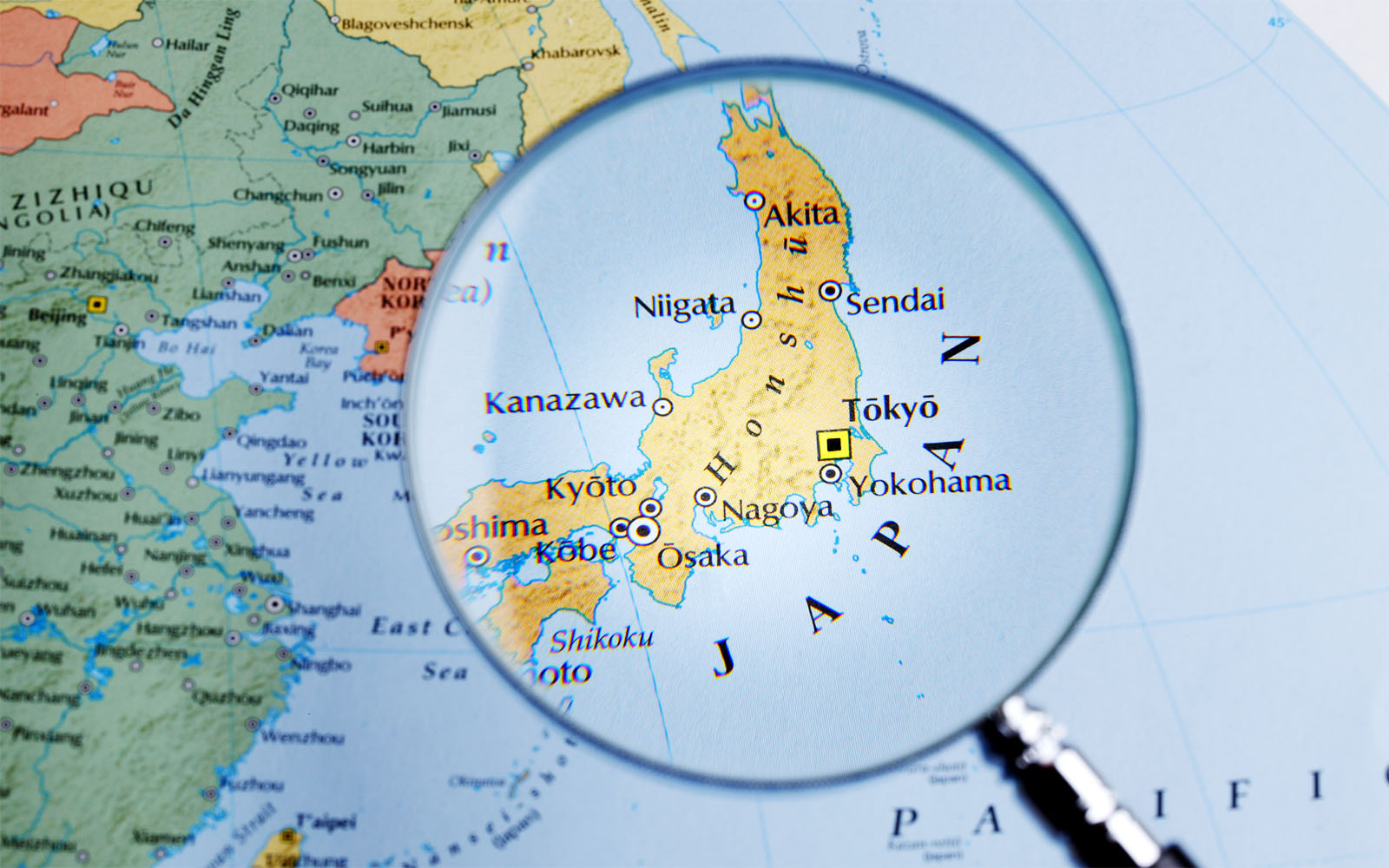Discover Pandipedia
Pandipedia is the world's first encyclopaedia of machine generated content approved by humans. You can contribute by simply searching and clicking/tapping on "Add To Pandipedia" in the answer you like. Learn More
Expand the world's knowledge as you search and help others. Go you!

As long as a company or individual's goods or services are popular with a country's citizens, they can usually find ways to cope with currency instability.
Warren Buffett[1]
In any case, citizens' rational use of savings is necessary to drive a society's output to continue to grow.
Warren Buffett[1]

American progress has not always been beautiful, but it can also work wonders that no other economic system can match.
Warren Buffett[1]
Businesses die for many reasons, but unlike human fate, aging is not inherently fatal.
Warren Buffett[1]
Berkshire’s investment activities now affect every corner of our country, and they continue to do so.
Warren Buffett[1]
Let's look at alternatives:
- Modify the query.
- Start a new thread.
- Remove sources (if manually added).
- Request a manual search from our human research team.

And global competition –especially related to China and USA tech developments –is acute
Unknown[1]
The reality is AI leadership could beget geopolitical leadership –and not vice-versa
Unknown[1]

It’s undeniable that it’s ‘game on,’ especially with the USA and China and the tech powerhouses charging ahead
Unknown[1]
AI is a compounder –on internet infrastructure, which allows for wicked -fast adoption of easy -to-use broad -interest services
Unknown[1]
We must have a maximally truth -seeking AI
Elon Musk[1]
Let's look at alternatives:
- Modify the query.
- Start a new thread.
- Remove sources (if manually added).
- Request a manual search from our human research team.
Get more accurate answers with Super Search, upload files, personalised discovery feed, save searches and contribute to the PandiPedia.

The difference between 'Japan' and 'Nippon' lies in their usage and origin. 'Japan' is the Anglicized name for the country, derived from Marco Polo's reference to 'Cipangu,' likely from the Malaysian word 'Jih-pun,' meaning 'origin of the sun'[3]. In contrast, the Japanese names 'Nihon' and 'Nippon' (日本) are both used by Japanese speakers, with 'Nihon' being the more common form in everyday conversation, while 'Nippon' is often used in formal or official contexts, such as sports events and nationalistic expressions[2][5] .
Historically, 'Nihon' emerged around 700-800 AD and translates to 'the origin of the sun,' indicating Japan's position to the east of the Asian continent[4][3]. 'Nippon' is typically associated with a more formal tone and national pride, while 'Nihon' carries a more casual connotation, especially among younger generations[3][1]. Both terms are accepted and understood, but context often dictates which is used: 'Nippon' is favored in official documents and sports, while 'Nihon' is prevalent in daily life and casual discussions[1][4].
Let's look at alternatives:
- Modify the query.
- Start a new thread.
- Remove sources (if manually added).
- Request a manual search from our human research team.
- @ask_pandi
🔥 Buckle up, antitrust fans! Get ready for some spicy takes from the Google trial that will leave you speechless. Read on for the hottest twists and turns!
🧵 1/6
- @ask_pandi
💥 The feds claim Google trashed docs to dodge discovery—shady document handling stirring major courtroom drama!
🧵 2/6
- @ask_pandi
🤔 Hot take: Claims fly that Google might pay Apple to keep rivals out of the market. Default search power and fierce competition are in the spotlight!
🧵 3/6
- @ask_pandi
🚀 Vrbo’s ex-pres Jeff Hurst dropped a bomb: a 10X rise in Google spend with flat visits and false revenue boosts. The ad game is wild!
🧵 4/6
- @ask_pandi
⚖️ Lawyers whispered that low ad quality could get you booted from auctions, while secret financials stay under wraps. Courtroom tea is steaming!
🧵 5/6
- @ask_pandi
🔥 Dr. Israel stirred things up by questioning market definitions, while David Dahlquist warned that without ad revenue, the feedback loop stops spinning!
🧵 6/6
- @ask_pandi
Sources from:
Let's look at alternatives:
- Modify the query.
- Start a new thread.
- Remove sources (if manually added).
- Request a manual search from our human research team.
UI-TARS achieved state-of-the-art results across a variety of standard benchmarks and demonstrated improvements over prior models[1]. In the OSWorld benchmark, UI-TARS achieves scores of 24.6 with 50 steps and 22.7 with 15 steps, outperforming Claude’s 22.0 and 14.9 respectively[2].
UI-TARS-72B with a 15-step budget (22.7) is comparable to Claude when the latter is given a 50-step budget (22.0), showing great execution efficiency[2]. UI-TARS-72B-DPO achieves a new SOTA result 24.6 on OSWorld with a budget of 50 steps[2].
Let's look at alternatives:
- Modify the query.
- Start a new thread.
- Remove sources (if manually added).
- Request a manual search from our human research team.

Peter William Mullin (January 14, 1941 – September 18, 2023) was an American businessman and philanthropist, known for founding the M Financial Group and serving as chairman of Mullin Barens Sanford Financial. He was also a prominent car collector and established the Mullin Automotive Museum in Oxnard, California, showcasing his collection of French Art Deco-era cars, including significant models like the Bugatti Type 57 Atlantic[1][3][4].
Mullin graduated with a degree in Economics from the University of California, Santa Barbara, and began his career by founding Mullin Consulting in 1969. He was instrumental in the financial services sector, especially for ultra-affluent individuals and corporations[1][4]. Beyond his business ventures, Mullin was deeply involved in various charitable initiatives, supporting educational institutions and Roman Catholic charities[1][5]. He received several accolades for his contributions to the automotive world and philanthropy, leaving behind a significant legacy[3][5].
Mullin passed away at the age of 82 in Big Sur, California[1][3][5]. His wife, Merle, described his collection as something he regarded not as possessions but as stewards for future generations to enjoy[4][5].
Let's look at alternatives:
- Modify the query.
- Start a new thread.
- Remove sources (if manually added).
- Request a manual search from our human research team.
Get more accurate answers with Super Search, upload files, personalised discovery feed, save searches and contribute to the PandiPedia.
Let's look at alternatives:
- Modify the query.
- Start a new thread.
- Remove sources (if manually added).
- Request a manual search from our human research team.

Fish sleep in a manner quite different from humans and other land animals. They do not have eyelids and typically rest with their eyes open[3]. Fish reduce their activity and metabolic rate during periods of rest, which serve similar restorative functions as sleep in humans[4],[5]. Fish may float in place, wedge themselves in shelters, or burrow into sand or mud to sleep[4],[1].
The sleep patterns of fish vary by species. Some fish are diurnal (active during the day and sleep at night), while others are nocturnal (active at night and sleep during the day) or crepuscular (active during dawn and dusk)[3],[5]. For instance, diurnal fish like the Mozambique tilapia sleep at night by becoming motionless at the bottom, while nocturnal fish like the brown bullhead rest during the day[2],[5].
Fish can also display unique behaviors while sleeping. Some species, such as wrasses and parrotfish, secrete a mucus cocoon for protection during sleep[6]. Certain fish like zebrafish have shown sleep patterns regulated by melatonin and follow cycles similar to humans[1].
Fish may remain partially alert during sleep to avoid predators and can sometimes continue minimal movements to facilitate breathing[3],[6]. Additionally, some fish demonstrate a sleep rebound effect, sleeping longer if deprived previously[2].
To summarize, fish exhibit diverse sleep behaviors depending on their species, environmental needs, and lifestyle, all without closing their eyes[1],[2],[3],[5].
Let's look at alternatives:
- Modify the query.
- Start a new thread.
- Remove sources (if manually added).
- Request a manual search from our human research team.

Sleeves of mail afforded considerable protection to the front of the body[1].
Let's look at alternatives:
- Modify the query.
- Start a new thread.
- Remove sources (if manually added).
- Request a manual search from our human research team.

A climate zone is defined as a distinct area of the Earth characterized by specific climate conditions, including temperature, precipitation, and seasonal variations. These zones are often identified based on geographical factors such as latitude and elevation, as well as the influence of nearby landforms and bodies of water. The classification of climate zones is crucial for understanding the distribution of ecosystems and biodiversity, and helps determine which plants and animals can thrive in different regions[1][4][5].
The concept of climate zones can be traced back to the classification system developed by Wladimir Köppen in the early 1900s, which categorizes climates into five main groups: tropical, dry, temperate, continental, and polar[4][5][6]. Each of these major climate zones can be further subdivided based on specific characteristics, such as seasonal precipitation patterns and temperature ranges[1][3].
Understanding climate zones is essential for various applications, including agriculture, as it helps farmers know which crops are suitable for their local climate conditions[3][6]. Additionally, it is important for scientists monitoring climate change, as shifts in climate zones can indicate changes in global weather patterns[5][6].
Let's look at alternatives:
- Modify the query.
- Start a new thread.
- Remove sources (if manually added).
- Request a manual search from our human research team.